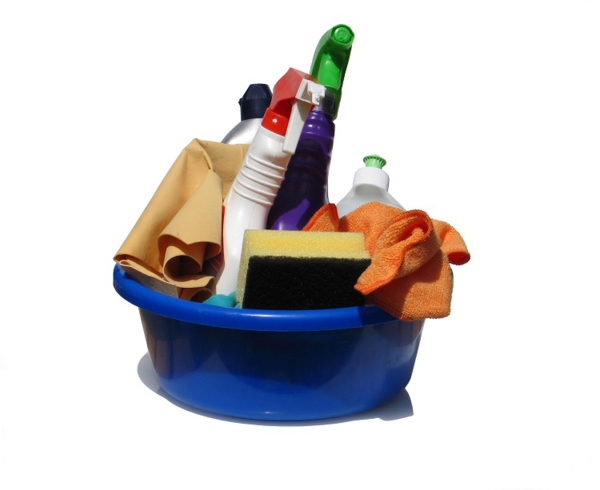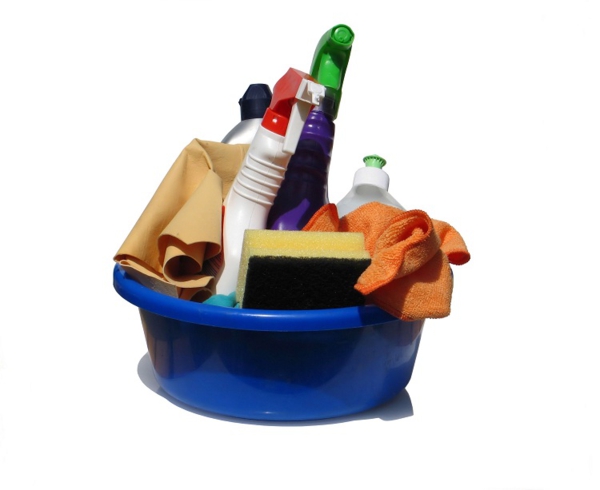Lifestyle
Tea Tree Oil – Nature’s Most Potent Cleanser?

When it comes to finding an all-natural cleaning product which packs a real punch, few substances are as versatile or effective as tea tree oil.
An Australian Treasure
Used for centuries as an outback medicine, Tea Tree oil is extracted from a type of tree which grows in eastern Australia; Indigenous people down under used the leaves of the tree to treat just about any ailment, from bumps and scrapes to respiratory problems.
The substance has moved on from a traditional medicine to a commonly available household must-have ingredient with a myriad of uses, particularly where cleaning is involved.

What makes tea tree oil such a versatile cleanser?
The wonder-oil is packed with hundreds of powerful compounds, many of which are effective at obliterating mould, viruses and bacteria; this combination of properties means that tea tree oil can be used across a wide range of surfaces, from kitchen to bathroom, lounge to study, producing sparkling, thoroughly clean results.
Is tea tree oil dangerous?
Whilst tea tree oil is a naturally-derived product, it can be dangerous if ingested; it has also been known to have ill effects on pets when used in high concentrations, and can cause negative side effects when applied to the body topically;
It is advised to keep bottles of tea tree oil in a secure location and to treat the product with the same level of respect as you would any chemical-based cleaning product like bleach or ammonia.
How can I use tea tree oil for cleaning?
It is super-simple to prepare a tea tree oil cleanser as part of your household cleaning routine:
- Fill a spray dispenser with around 500ml. of clean water
- Put around 10ml. of tea tree oil into the container and give it a thorough shake
- Adjust the nozzle to give out a fine mist when you press the spray trigger
Once you have this home-made bottle of wonderful cleanser to hand, you can use it for the following applications:
- In the bathroom: to help prevent mould from growing: mould that is already in place can also be treated with the spray and scrubbed with a brush
- In the kitchen: to disinfect surfaces: be careful to avoid spraying it on any surfaces which will be in direct contact with food unless you rinse with water afterwards.
- In the living room: to deodorise smelly fabric sofas, carpets or rugs
- Pretty much anywhere in the home that is prone to mould and dirt building up
Featured images:
- License: Royalty Free or iStock source: http://www.sxc.hu/browse.phtml?f=download&id=1193877
The author frequently guest blogs on topics relating to cleaning services and household tips.
-

 Tech11 years ago
Tech11 years agoCreating An e-Commerce Website
-

 Tech11 years ago
Tech11 years agoDesign Template Guidelines For Mobile Apps
-

 Business6 years ago
Business6 years agoWhat Is AdsSupply? A Comprehensive Review
-

 Business10 years ago
Business10 years agoThe Key Types Of Brochure Printing Services
-

 Tech8 years ago
Tech8 years agoWhen To Send Your Bulk Messages?
-

 Tech5 years ago
Tech5 years ago5 Link Building Strategies You Can Apply For Local SEO
-

 Law5 years ago
Law5 years agoHow Can A Divorce Lawyer Help You Get Through Divorce?
-

 Home Improvement6 years ago
Home Improvement6 years agoHоw tо Kеер Antѕ Out оf Yоur Kitсhеn































